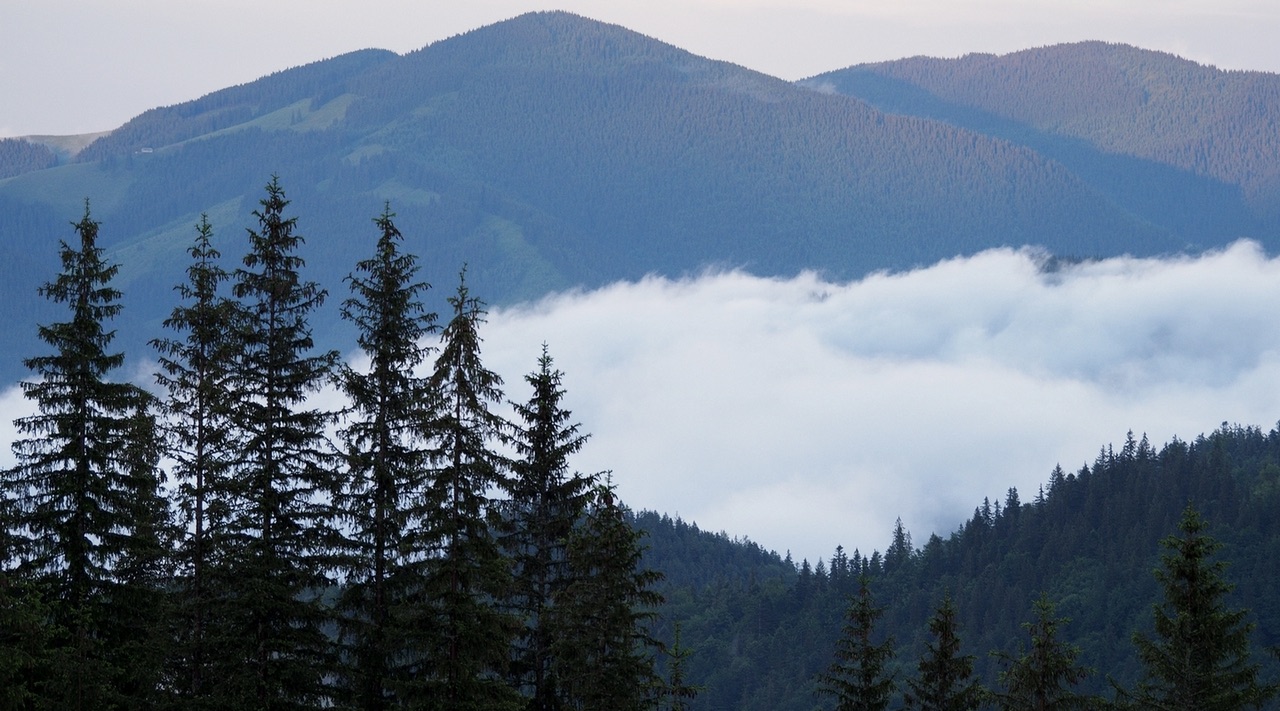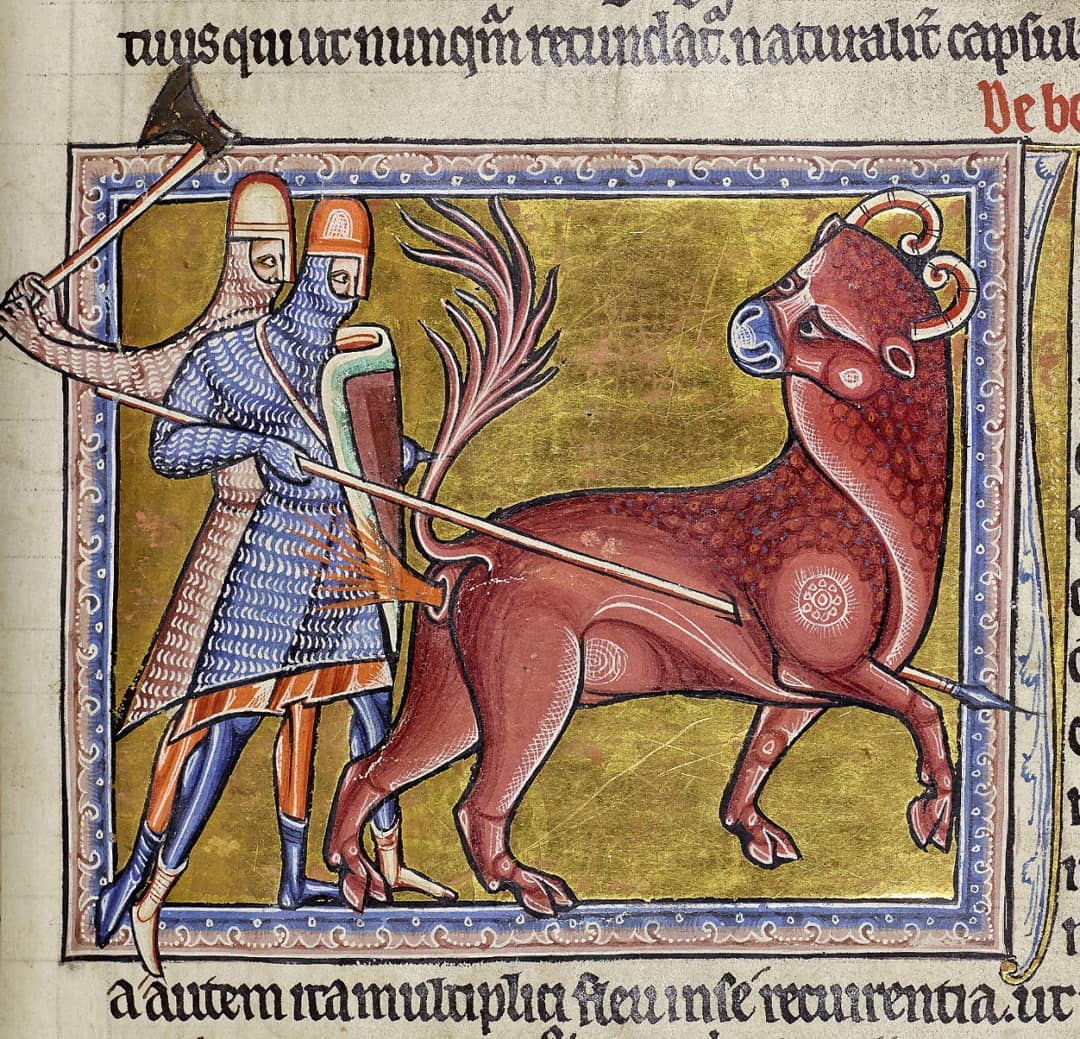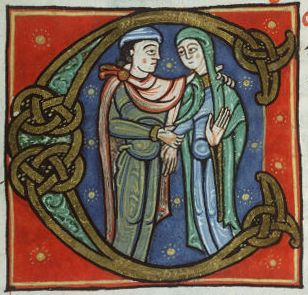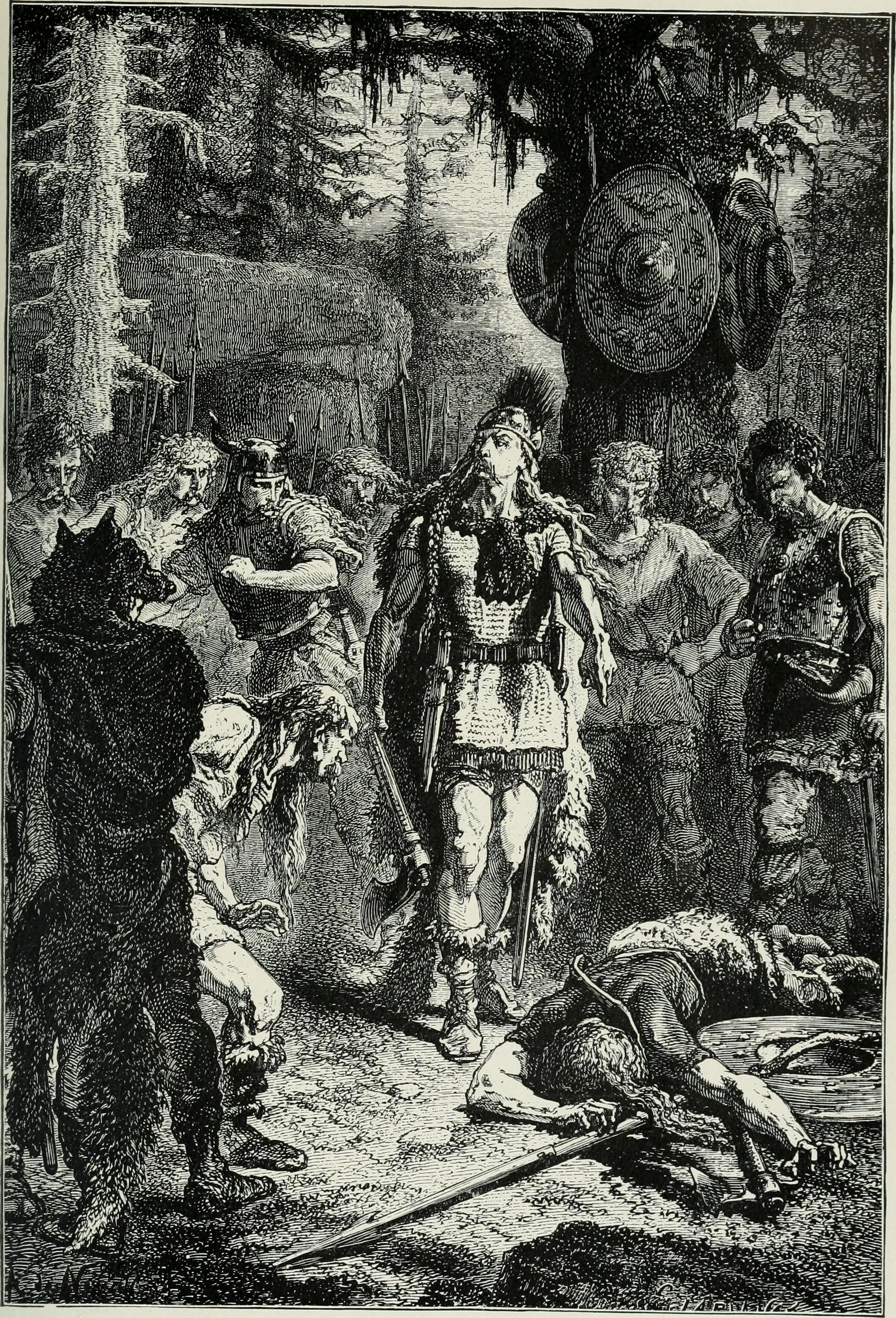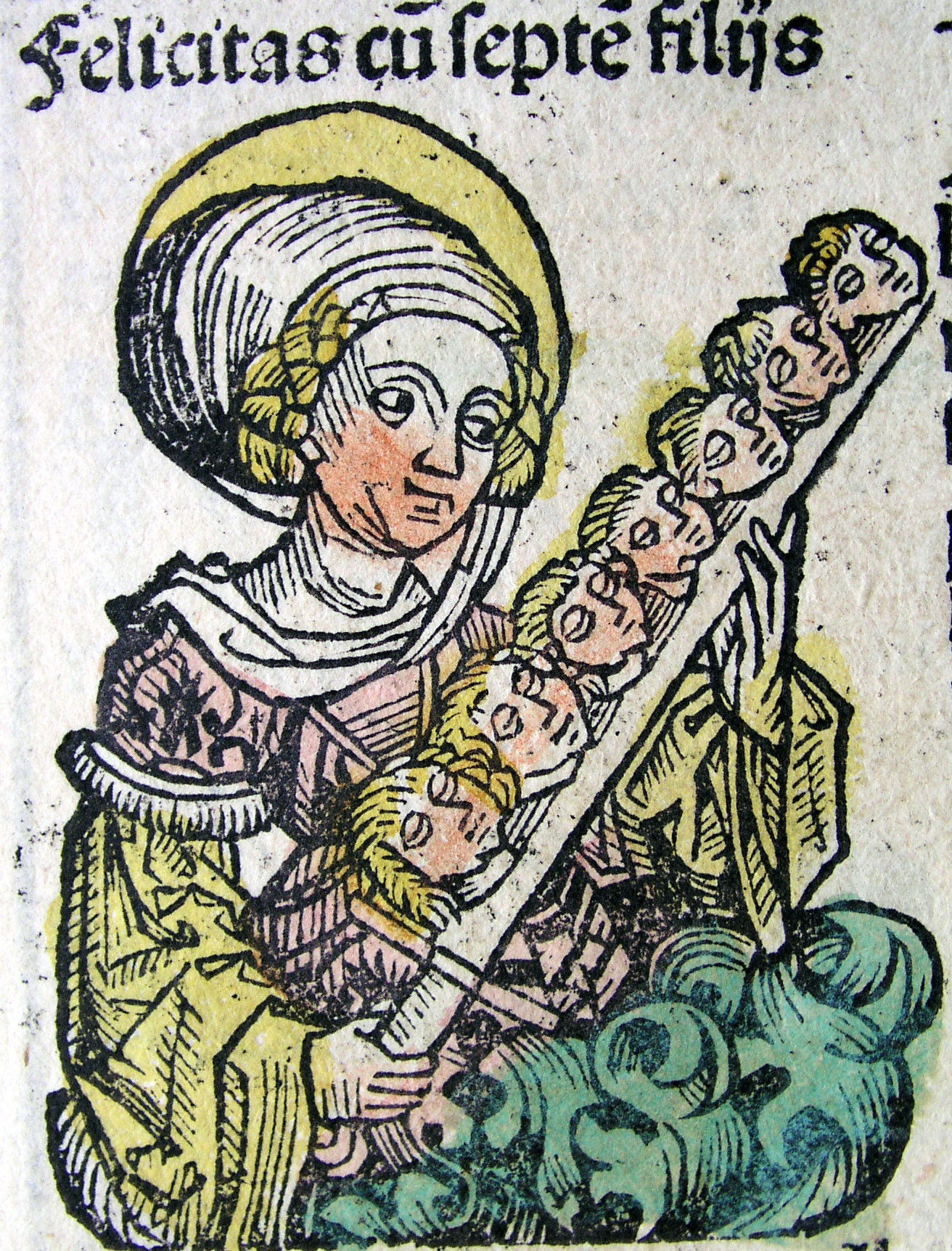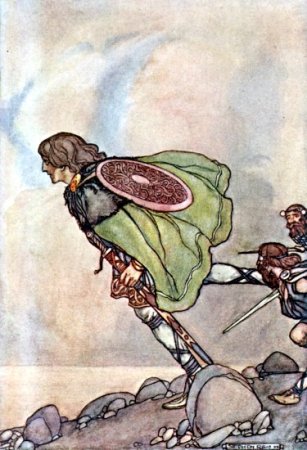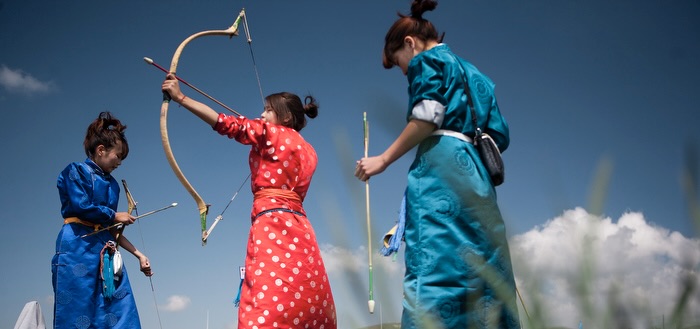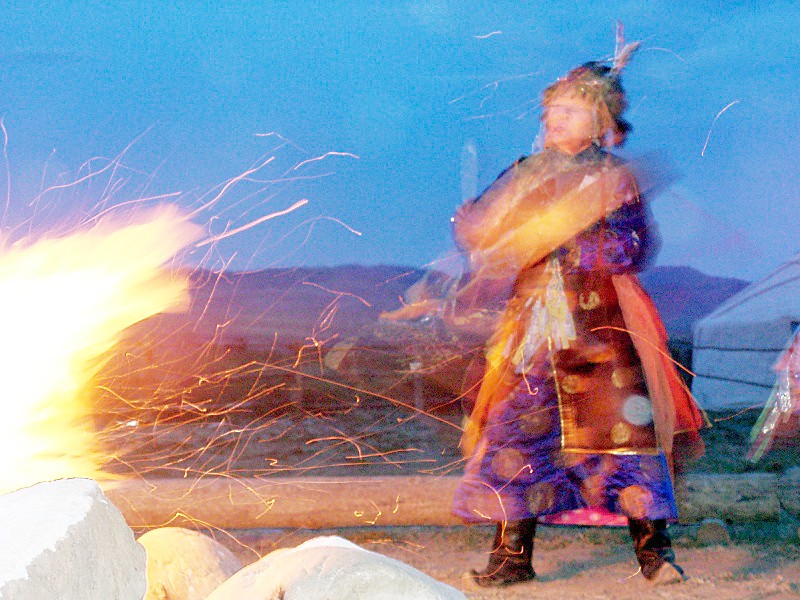Northern Fultar
Northern Fultar, as the name suggests, is the northern most region of the current Fultonian Empire with the Guar Steppe to the East, and the Celtic lands, including the nation of Galletica, and Henarria inland to the north, and the Gildam Confederacy and Bevil to the north along the coast. Most of the Fultar Forest is inhabited by Donian Celts, and parts of the Fultar Forest and Pomjari Peninsula remain wild and under the control of orcs, ogres and other foul humanoids. The free cities and much of the fertile Tesser River Valley are relatively secure and where the majority of Fultonians reside. However, all in all, most of Northern Fultar is a dangerous borderland.
Structure
Northern Fultar is not part of any Barony, but instead is entirely under at least the nominal jurisdiction of the Empress. The Empiress has enfeoffed certain lands to individual nobles, as well as a number of free cities. However, much of Northern Fultar, especially in the Fultar Forest, is under direct control of the Empress and her armies, or controlled by the Donian Celtic tribes, many of which do not recognize her sovereignty.
In and around the Fultar Forest, there are nine castle towns and ports, called "Forts", in which the Fultonian army and navy have established themselves. Most of these were established over the last century's subjugation of Northern Fultar, and the Fultar Forest in particular. The building of the castles and small towns was an enormous undertaking, including the importation of whole populations of Fultonian settlers! These new settlers were carefully protected from the local Celtic and humanoid population by castles and town walls. In a sense, these Forts became outposts of Fultar within hostile enemy territory. These are the Fort Critlip (which is up river from the city of Critlip), Fort Font, Fort Bashan, Fort Shorbat, Fort Gorbat, Fort Fulton, Fort Gebesh, Fort Farpoint and Fort Tarful. Each fort is under the control of a marshal or admiral, which are the great officers of the Imperial Crown.
In the Fultar Forest, there are a number of nobles who owe their direct feudal ties to the Crown, as well as Fultonian fisher folk, loggers, trappers and other itinerants.
The majority of the human population in the Fultar Forest are the Donian Celts.
The Tesser River Valley includes three free towns of Immersea, Olan and Rakar, with Olan housing a contingent of Fultonian cavalry and soldiers that act as rapid reaction forces. Along with Critlip, the Tesser River Valley is the oldest Fultonian inhabited area of the north, and it was never permanently servered from Fultar itself. The Tesser River Valley is almost entirely made up of Fultonians, with some dwarven communities in forested hill regions, and elves and Celts in the border areas.
The nobility differ markedly from the nobility in the rest of Fultar. There are no "blooded" nobility and few "lower" nobility, but the majority are "high" nobility, the categories whcih are explaiend in Fultonian Nobility. During the time from the Guar Conquest up to about a hundred years ago, the main military defensive force were the Landermen, which are the armed household and the retinue of the elite with excellent gear armed on horseback. These are a broad and more egalitarian class of about 500 families of high nobles called Landermen. Throughout its history, the Empire has sought to reduce the veritical hierarchy in Northern Fultar by various means, including preventing most nobles from subenfeoffing their lands. The families vary in the size of their lands and manors, but all own some land and none are allowed to permanently reside outside of Northern Fultar, which ties them to the land. Each Landermen is expected to have at hand a number of their own family and a number of free peasant warriors to serve in times of need, like hunting outlaws, or stopping an invasion from the Guar, orcs, the Celts or Henarrians. The total number of armed freemen able to fight is about 15,000, or an average of 30 per family (or 10% of the population). Each Landermen family is also expected to bring at least one priest of Ram Kor into bttle. To avoid the historic problems of mercenary armies and to keep the local peasantry strong, mercenary companies like the Black Slayers can supplement but not replace the freemen. Historically, the Landermen were more powerful and stratified, but with the full scale return of the Fultonian army and navy to the north a hundred years ago, their importance and role has deminished.
Culture
Fultonians
Most of the people are Fultonian ethnicity, and view the world through the lens of a struggle between the forces of order and chaos. It takes constant warfare to ensure that order can survive against chaos. Given their closer proximity to barbarian Celts, the horse based Guar nomadic raiders, hobgoblins, orcs, Shakanza and other forces of choas, the Northern Fultonians are more hardy, bellicose and resilient than their southern cousins. As Fultar as rebuilt her Empire, southern Fultonian soldiers, traders and peasants have immigrated to the north, most of whom are seen as distant relatives finally returning home. The longstanding inhabitants welcome their brethren and see it as part of the rising Fultar which shall bring order and put the barbarians in their proper place, under the heel of a soldier's boot. Living in a world of great peril, a history of defeat and religion defined by the struggle against chaos, one would expect the Fultonians of Northern Fultar to have a gloomy and pessimistic outlook on life. While much of this is true, a different cultural thread has found itself in the north over the last century with the rise of the Fultonian Empire, the return of the army, the conquest of the Donians and population expansion. Fultar is striking out against its neighbors, experiencing unprecedented period of economic growth not seen since before the Guar conquest, and there is an age with mighty castles and the soaring of great architecture temples. One reason for this new dynamism is a long-term rise in the population, which the outlying areas like Northern Fultar have been the main beneficiaries. Notwithstanding this rare sense of optimism, most Fultonians see this as part of a cycle of death and rebirth, or more darkly as a rising that shall only come crashing down once again. The sober and dour common sense of Fultonians know that death, destruction and ruin is just around the corner.Donians
The Donians are a free Celtic people. The social system of the tribe, or “people,” includes the: king, warrior aristocracy, druids, and freemen farmers. The druids are the men and women of religion and learning, who were occupied with magico-religious duties, and were generally recruited from families of the warrior class but ranked higher. Unlike Fultonians with their matrilineal family line, the Celtic family is patriarchal, but with women able to hold high positions of authority. The basic economy of the Celts was mixed farming, and, except in times of unrest, single farmsteads were usual. Merchants are rare, and of low social standing. Owing to the wide variations in terrain and climate, cattle raising is more important than grain cultivation in many regions. Hill forts provide places of refuge, but warfare is generally open and consists of single challenges and combat as much as of general fighting. The Donians have been unable to unite, which has led to their political and military subjugation by the Fultonian Empire. Most of the Donians swear nominal fealty to the Empress, however, few Fultonians are permitted into many areas of the Fultar Forest, which are de facto free and independent. In addition, there are number of tribes which have never take the knee to Fultar. It has been decades since the last major warfare between the Fultonians and Donians, and there is a tacit understanding among the Donian elite that while they may be able to overwhelm some of the Fultonian Forts, they are no match for any determined and focused attention from Fultar.History
The North's history mirrors that of the mother nation herself. During the Ancient Fultonian Empire, Northern Fultar included long standing Baronies, including the powerful Barony of Tesser. The people of what is now Northern Fultar were of Fultonian ethnic stock and prided themselves on living with great villas, towns, cities and vast latifundium, and greatly exceed the current population. What is now Northern Fultar was in the geographic center of the Empire. However, it was on the edge of the Guar Steepe, so was garrisoned with a large standing and well trained army that relied upon the vast resources that the Empire could be leverage to sustain them.
Just like all of Fultar, everything changed with Guar Conquest and the Arrival of the Great Worms. While spared the horror of The Rise of the Undead, the years following the Guar invasion were not kind to the people of the north. Fultonian areas further to the north were cut off from Fultar. Some of which like the coastal kingdom of Bevil became powerful independent nations, while others became free cities like Posprey and the Gildam Confederacy, and the towns of the Knives Coast. However, many areas were conquered by orcs and hobgoblins or less civilized humans like the Karnaks and Celts, which eventually formed the nation of Galletica, including the Tarvish, Venebones, and other tribes.
Northern Fultar was different because it was a gateway for the Guar invaders and, after sacking many of the towns and cities, the Guar dominated Fultar used it as an administrative seat close to the steppe areas and homeland of the Guar. Despite numerous invasions and wars as well as the collapse of Fultonian civilization to the north and south, Northern Fultar remained part of the Empire and never declared its independence.
Second to the Guar invasion, the most challenging time was the great Celtic invasions. The Celts conquered the areas to the north of the Tesser River valley forming the nation of Galletica and the Fultar Forest, which became the home of the Donian Celts. The Celts were never able to conquer and keep the towns of the Tesser River Valley, which have remained Fultonian over the millennium between the Guar conquest and today.
Despite remaining part of the Empire, the post-Guar invasion Fultar fell into decline, and power factured and reverted to the local level. The Fultonian legions could not be counted on, as they were frequently called back to deal with the intercine wars in the south. The people were primarily defended by large bodies of warriors to organized around an individual aristocrats household or local communities pooled their more limited resource to provide for their own defense. Despite being an reliable defender, the legions always returned and never permanently abandoned the north.
The rise of the new Fultonian Empire has brought great changes to Northern Fultar. Once again, Fultar developed the bureaucratic and financial apparatus necessary to raise and maintain larger professional standing forces. About a century ago, the resurgent Fultonian Empire set its sights on reclaiming the long conquered lands of the Fultar Forest. The Fultar Forest was largely populated by the Donian Celts, with pockets of humanoids and Fultonians living along the coast. The Empire began an organized plan of conquest, building forts, which eventually became castles with their accompanying villages. In two long campaigns and one widespread rebellion, the Fultonian Army either brought to kneel or forged alliances with most of the Donian Celtic tribes over a three decade period.
After these successes brought by military victories, there was a neglect of the Fultar Forest. The neglect started with internal strife over a succession to the Imperial Crown and then a series of wars including the cumulation of the Bloodspear Orc Invasion, foreign wars against Miawian and Nubian pirates and, most recently, the Suan Hill dwarf war in the Barony of Atlan and Barony of Mabon. The Donian Celts took this opportunity to establish their independence and slow, but not stop, the spread of Fultonians into their territory. Minor skirmishes flare up, but Fultar has yet to bring forth the resources that would be necessary to completely conquer this wild territory. Today there is an uneasy peace and occasional violent outburst between the very different human civilizations, and the younger and more rash Donians believe that now is the time to assert themselves. The change in Fultonian military leadership during the Ascension of Chief Marshal Trant replaced a strong anti-Donian Celt Chief Marshall, with a more pragmatic Chief Marshall, which has lessened the chances of war between Fultonians and Celts.
Demography and Population
Northern Fultar is an intensely rural area with few towns and cities with the vast majority of the population living is small agricultural settlements.
There is one small city, Critlip, and a handful of free towns, Ratchin, Immersea, Rakar and Olan. All of which combine to a total population of well under 20,000. The Forts and their surrounding towns add less than 10,000 (a significant portion of which are soldiers), which concludes the urban population.
The Tesser River valley includes hundreds of small villages and thorps, with an overall population of around 150,000.
The Fultar Forest includes about 330,000 Donian Celts and around 220,000 Fultonians, with the later centered around the coast and around the Forts.
Territories
Northern Fultar can be broadly divided into the Tesser River Valley and the Fultar Forest.
The Tesser River Valley is rich agricultural land with fields of wheat and barley, and vineyards. The lands north of the Tesser River are protected from Guar attacks by the river itself and the villages generally do not have walls. South of the river, agriculture is practiced up to the Guar Steppe and the lands gradually transition to a pastoral economy. Except for a few small villages and thorps, the town of Rakar marks the eastern most point for Fultar.
Except for the hill regions, most of the Fultar Forest is lightly packed conifer woodlands with thicker forestlands between the various Donian tribes as well as in the hill regions.
Other key areas of Norther Fultar include the Wood of Fletchin (an ancient and primeval forest that is the home the Fletchin elves), and the Pomjari Peninsula (the home of humanoids, like orcs and the Shakanza).
Further to the north are the Dylack swamp, and the Celtic lands, including western and independent tribes and the eastern nation of Galletica.
Government System
Monarchy, Constitutional
Power Structure
Feudal state
Official State Religion
Donian Celts often resolve their disputes in single combat.
"The happy daughter", or Kassandra Banalur, a Fultonian paladin, with the heads of seven Donians she slew in single combat.
The Donian Celtic warrior Chief Ard Rei, who is hostile to the Fultonians.

